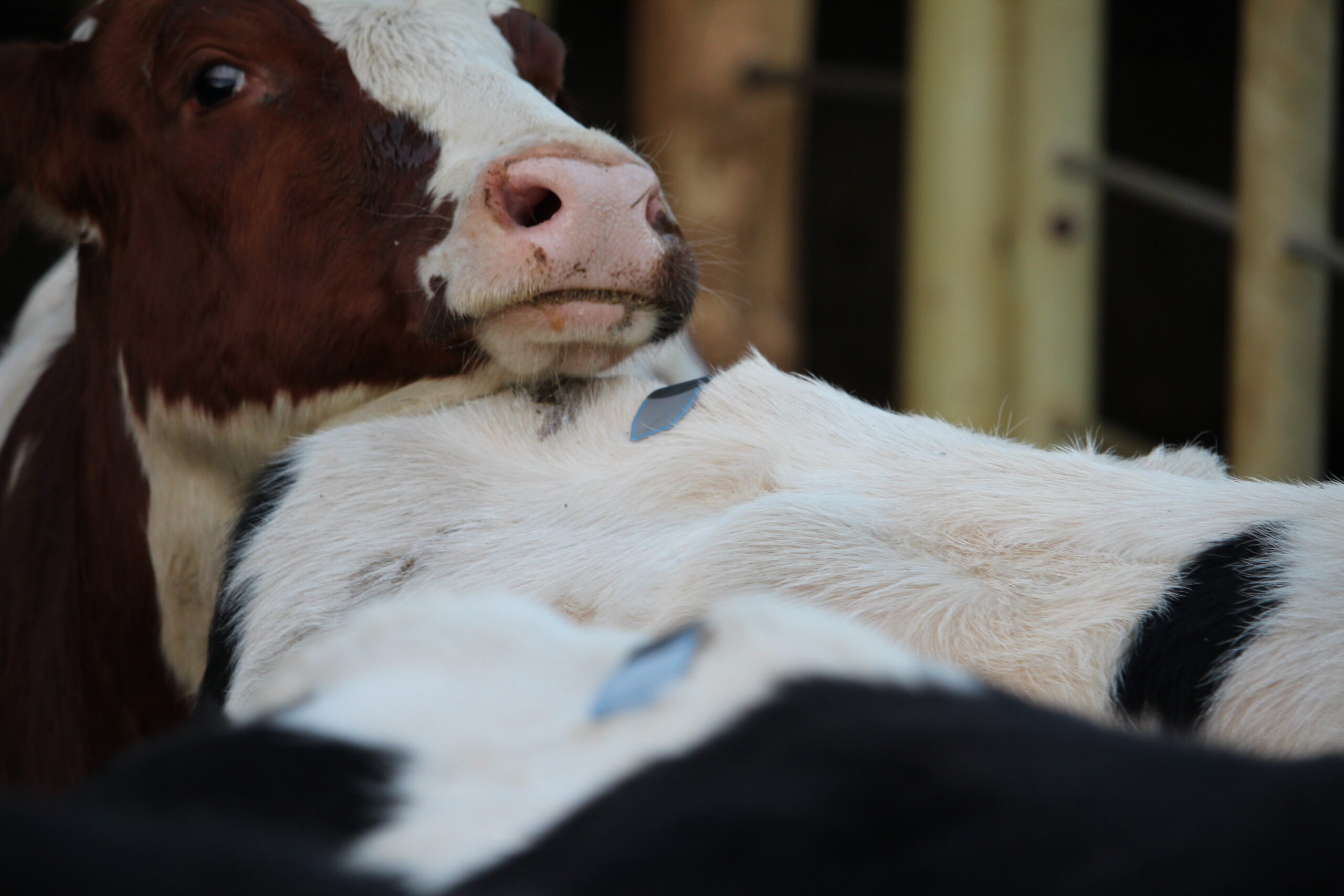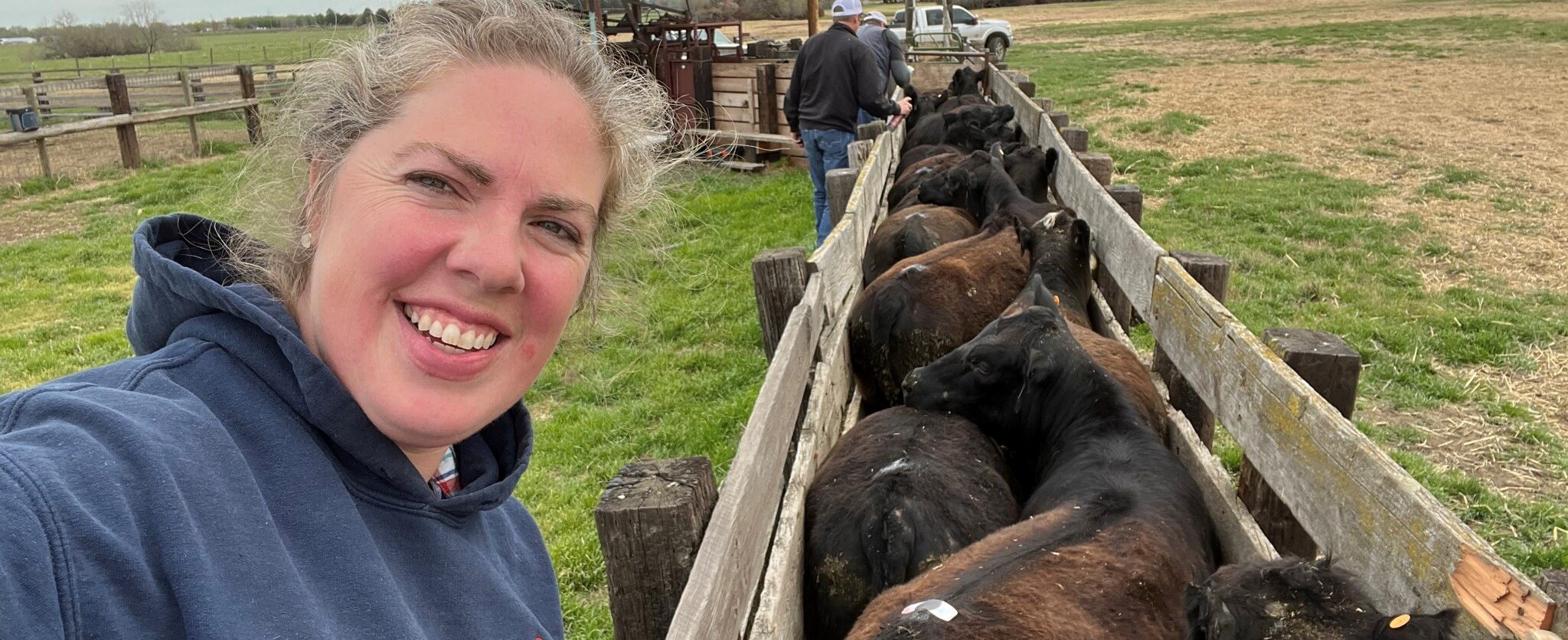Monitoring estrus intensity in cattle helps optimize reproduction and can be done efficiently with visual…
Maximize estrus detection
Rapid genetic progress in the dairy industry ties to profitability, and profitability is often determined by longevity. A dairy heifer doesn’t pay for herself until the second lactation. So how does one ensure she stays in the herd through her second lactation and longer? Ensure she’ll become pregnant.
When estrus is expressed, pregnancy rates from artificial insemination increase, more viable embryos are obtained per flush, and pregnancy rates in embryo-transfer recipients increase.
Several estrus detection tools are available – activity monitors, tail paint, chalk, visual detection and breeding indicator patches. The breeding indicator patch is economical and reduces guesswork and unnecessary labor. There are three ways to maximize the use of the patches.
- Enhance synchronization protocols
National Animal Health Monitoring System data show dairy estrus synchronization has increased in use since 2007; so has the use of fixed-time artificial insemination. More than 85 percent of dairy herds use artificial insemination, regardless of herd size. Success with artificial insemination depends largely on timing. Estrus-detection tools increase that chance of success.
A few synchronization protocols are available for heifers and cows. A breeding indicator patch can be useful for all types of operations. A patch can be placed at the time of administering prostaglandin.
When females have a functional corpus luteum, prostaglandin stimulates its demise and initiates onset of estrus in 48 hours to 72 hours. Although standing-to-be-mounted activity associated with estrus varies from just a few hours in lactating cows to significantly longer in dairy heifers, ovulation generally occurs between 24 hours and 30 hours after the onset of estrus. That’s regardless of the duration of estrus.
A breeding indicator patch will indicate that standing activity has occurred by observing the loss of the silver or black surface ink to reveal the indicator’s color. The best part is the dairy farmer doesn’t need to be there to observe activity. The patch works regardless of what estrus synchronization protocol is used.
- Determine cycling, pregnancy status
In seasonal, grazing dairy herds, cyclicity can be a hindrance to getting cows pregnant during the breeding season. Knowing the cycling status of lactating cows before initiating an artificial-insemination breeding protocol will dictate which protocol would be most successful.
It would be convenient for artificial insemination to always work the first time, but many factors affect its success. If it’s unsuccessful the producer will want to rebreed the female as soon as possible. Applying a breeding indicator patch to allow for detection of estrus 21 days to 25 days after artificial insemination may show whether a female has conceived or has returned to estrus for rebreeding.
Detecting the first estrus after artificial insemination is an important activity that’s overlooked. Once a cow is bred it’s important to determine her pregnancy status as soon as possible. The earlier the producer knows, the quicker he or she can do something about it.
That’s important in a dairy with a 365-day breeding season. But it’s even more critical in a grazing operation where the breeding season is more defined.
For example, when using ultrasound for pregnancy diagnosis and checking all eligible cows inseminated at least 30 days to 36 days earlier, applying a patch when administering GnRH to initiate a resynch protocol. That will allow detection of estrus before one administers prostaglandin seven days later. If the patch isn’t activated during that time, then the patch also will be useful in detecting an early estrus after prostaglandin that may occur before the scheduled fixed-time artificial insemination.
- Show estrus intensity
Monitoring estrus intensity could be used to predict superovulation response and embryo quality in heifers.
If donor females show greater estrus intensity, producers may decide to use a different sire in those heifers because they know they’ll get more embryos out of them. That’s if they have more than 50 percent of the patch surface ink completely rubbed off. Producers choose what type of sire – dairy or beef – they want to use on those females.”
Estrus intensity also is a good indication in the recipient herd. Maintaining the recipient herd can be the costliest part of a program. Females showing the most intense estrus are the most fertile, so producers will want to put the best genetics in them.
Dairy producers can enhance their bottom line by finding the most fertile females sooner, delivering more pregnancies and keeping them longer in the herd. Visit estrotect.com for more information.
Source:
- Source: AgriView, Dr. Jeffrey Stevenson
- Date: 03/09/2023
- Link: https://agupdate.com/agriview/news/dairy/maximize-estrus-detection/article_b6b85672-5751-5f69-af3a-326fd485a344.html



